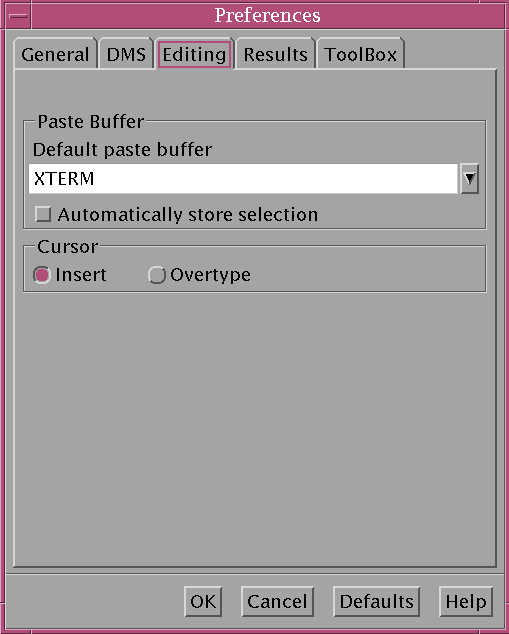TOPIC: TAB
Stopping Firefox from launching on the wrong virtual desktop on Linux Mint
12th October 2021During the summer, I discovered that Firefox was steadfastly opening on the same virtual desktop on Linux Mint (the Cinnamon version) regardless of the one on which it was started. Being a creature of habit who routinely opens Firefox within the same virtual desktop all the time, this was not something that I had noticed until the upheaval of a system rebuild. The supposed cause is setting the browser to reopen tabs from the preceding session. The settings change according to the version of Firefox, but it is found in Settings > General in the version in which I am writing these words (Firefox Developer Edition 94.0b4) and the text beside the tick box is "Open previous windows and tabs".
While disabling the aforementioned setting could work, there is another less intrusive solution. This needs the opening of a new tab and the entering of the address about:config in the address bar. If you see a warning message about the consequences of proceeding further, accept responsibility using the interface as you do just that. In the resulting field marked Search preference name, enter the text widget.disable-workspace-management and toggle the setting from false to true to activate it. Then, Firefox should open on the desktop where you want it and not some other default location.
Toggling the appearance or non-appearance of the Firefox session exit dialogue box
22nd March 2015One thing that I notice with Firefox installations in both Ubuntu and Linux Mint is that a dialogue box appears when closing down the web browser asking whether to save the open session or if you want to have a fresh session the next time that you start it up. Initially, I was always in the latter camp, but there are times when I took advantage of that session saving feature for retaining any extra tabs containing websites to which I intend to return or editor sessions for any blog posts that I am still writing; sometimes, composing the latter can take a while.
To see where this setting is located, you need to open a new tab and type about:config in the browser's address bar. This leads to advanced browser settings, so you need to click OK, answering a warning message, before proceeding. Then, start looking for browser.showQuitWarning using the Search bar; it acts like a dynamic filter on screen entries until you get what you need. On Ubuntu and Linux Mint, the value is set to true but false is the default elsewhere; unlike Opera, Firefox generally does not save sessions by fault unless you tell it to that (at least, that has been my experience anyway). Setting true to false or vice versa will control the appearance or non-appearance of the dialogue box at browser session closure time.
Sometimes it's a small change that matters...
24th January 2010Firefox 3.6 is now available and others are going on about more striking features, but it's a small change that I have noticed, which happens to be a good one too. Middle-clicking on a link in a tab used to open a new one on the right hand of the tab bar. Now, the new tab opens next to the one where the click was clicked, which is a good thing if you are previewing blog posts. It was something that Internet Explorer already did, so it's good to see cross-fertilisation of useful features; yes, Microsoft can come up with good ones too from time to time. Though not likely to make major headlines, this is the type of thing that makes for a better user experience, and a few of them together can be more beneficial than some big shiny new feature. In life, it's often the little things that make all the difference.
Selecting SAS code in the Program Editor on UNIX
5th June 2007Here's a possible bugbear with programming using the SAS Display Manager in UNIX, selecting sections of code and running them. In the installations that I have encountered, the mouse selection is not retained, so the code selection cannot be run. There is a fix for this that is not the most obvious. Going to the Preferences dialogue box (Tools > Options > Preferences... from the menu bar) and selecting the Editing tab brings up the screen below:

Ensuring that "Automatically store selection" is switched off, as shown above, will allow one to select and submit sections of code from a SAS program like what is normal practice with Windows SAS. Though it isn't an obvious solution, it does the trick for me.